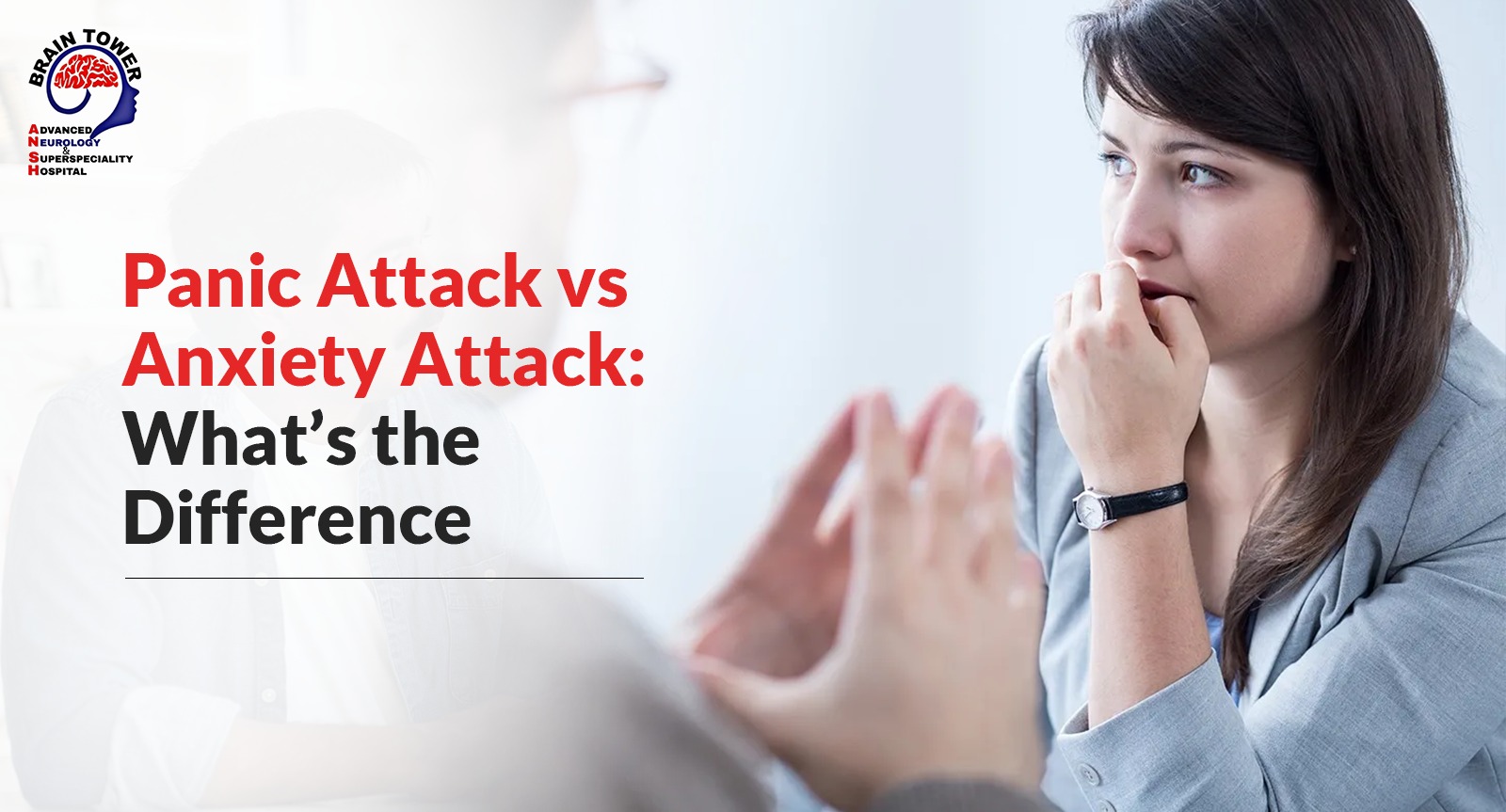Tuberculosis, also known as TB, is one of the oldest diseases known to humans. Even though science and medicine have come a long way, TB still affects millions of people around the world. Many of us may have heard the word “TB” but might not fully understand what it is, how it spreads, or how it can be treated. In this blog, we’ll take you through everything you need to know about TB, in simple words.
What is Tuberculosis?
Tuberculosis is a serious infection caused by a type of bacteria called Mycobacterium tuberculosis. This disease mainly attacks the lungs but can also affect other parts of the body, such as the brain, spine, and kidneys.
TB is a slow-growing disease. That means someone can have the infection in their body for months, or even years, before they start showing signs. But once it becomes active, it can make a person very sick and, if not treated properly, it can even be life-threatening.
How Does TB Spread?
TB spreads through the air. When a person who has active TB in their lungs coughs, sneezes, laughs, or talks, tiny droplets carrying the bacteria get released into the air. If another person nearby breathes in those droplets, they can get infected too.
However, not everyone who breathes in the bacteria will get sick right away. TB infection can be either:
- Latent TB: This means the bacteria are in the body, but they are not active. The person doesn’t feel sick and cannot spread TB to others. But if the immune system weakens later, the bacteria can become active.
- Active TB: This is when the bacteria multiply and cause symptoms. A person with active TB can spread the disease to others.
Who is at Risk?
Everyone can get TB, but some people are at high risk. These include:
- People with weak immune systems
- Children and the elderly
- People with HIV or diabetes
- People who smoke or drink too much alcohol
- People living in crowded or poorly ventilated areas
- Healthcare workers who are around TB patients often
We believe awareness is the first step to protection. Knowing your threat helps you take measures early.
What Are the Symptoms of TB?
The symptoms of TB depend on where the bacteria are in the body. If the lungs are affected (which is most common), a person may experience:
- Cough that lasts more than three weeks
- Chest pain
- Coughing up blood or mucus
- Tiredness or weakness
- Fever and chills
- Night sweats (sweating a lot while sleeping)
- Weight loss and loss of appetite
When TB spreads to other organs, the symptoms can change. For example:
- TB in the spine may cause back pain.
- TB in the kidneys may cause blood in the urine.
- TB in the brain can cause headaches or problems with thinking.
If you or someone you know is showing these signs, it’s important to get tested. Early diagnosis can save lives.
How is TB Diagnosed?
To confirm if someone has TB, doctors may use a few different tests:
- Skin Test (Mantoux Test): A small amount of fluid is injected into the skin of the arm. After 2-3 days, the doctor checks the reaction.
- Blood Test: These can show if the body has been infected with TB bacteria.
- Chest X-ray: This helps to see if the lungs are damaged or infected.
- Sputum Test: The patient provides a mucus sample from the lungs, which is examined in a lab for TB bacteria.
At our Hospital, we use accurate and safe diagnostic tools to detect TB early and begin the right treatment immediately.
How is TB Treated?
The good news is that TB can be cured. But the treatment must be taken seriously. TB is treated with antibiotics for 6 to 9 months.
The treatment must be taken exactly as prescribed. Stopping the medicine halfway or skipping doses can cause the bacteria to become resistant to drugs. This leads to a more dangerous type of TB called Drug-Resistant TB (DR-TB).
To make sure patients stick to the treatment, doctors may follow a method called DOT (Directly Observed Therapy). In this, a healthcare worker watches the patient take their medicines every day.
Our expert doctors, nurses, and counsellors support TB patients throughout their journey. We help them understand the importance of regular medication and follow-up.
Preventing Tuberculosis
Prevention is always better than cure. Here are some ways to protect yourself and your family from TB:
- Get vaccinated: The BCG vaccine is usually given to babies to protect against TB.
- Cover your mouth: When you cough or sneeze, use a tissue or your elbow.
- Avoid crowded places, especially if someone around you is coughing a lot.
- Improve ventilation: Fresh air helps reduce the chance of infection.
- Eat healthy and stay strong: A strong immune system can fight off bacteria.
If someone in your family has TB, make sure they complete their treatment. Also, get yourself and other close contacts tested.
TB in Today’s World
Even though TB is an old disease, it still affects around 10 million people each year globally, according to the World Health Organization (WHO). In India, TB remains one of the leading causes of illness. But with the right knowledge, early action, and proper care, we can reduce TB cases and protect our communities.
Conclusion
Tuberculosis can sound scary, but it is preventable and treatable. The key is to recognize the signs early, get tested, and follow the treatment plan properly. At our Hospital, we are committed to fighting TB through awareness, care, and support.
We offer expert consultations, lab testing, and complete TB care programs to help you and your family stay healthy. If you have a cough that won’t go away or feel tired for no clear reason, don’t wait. Visit Brain Tower Hospital and get checked.













